
SODESHI

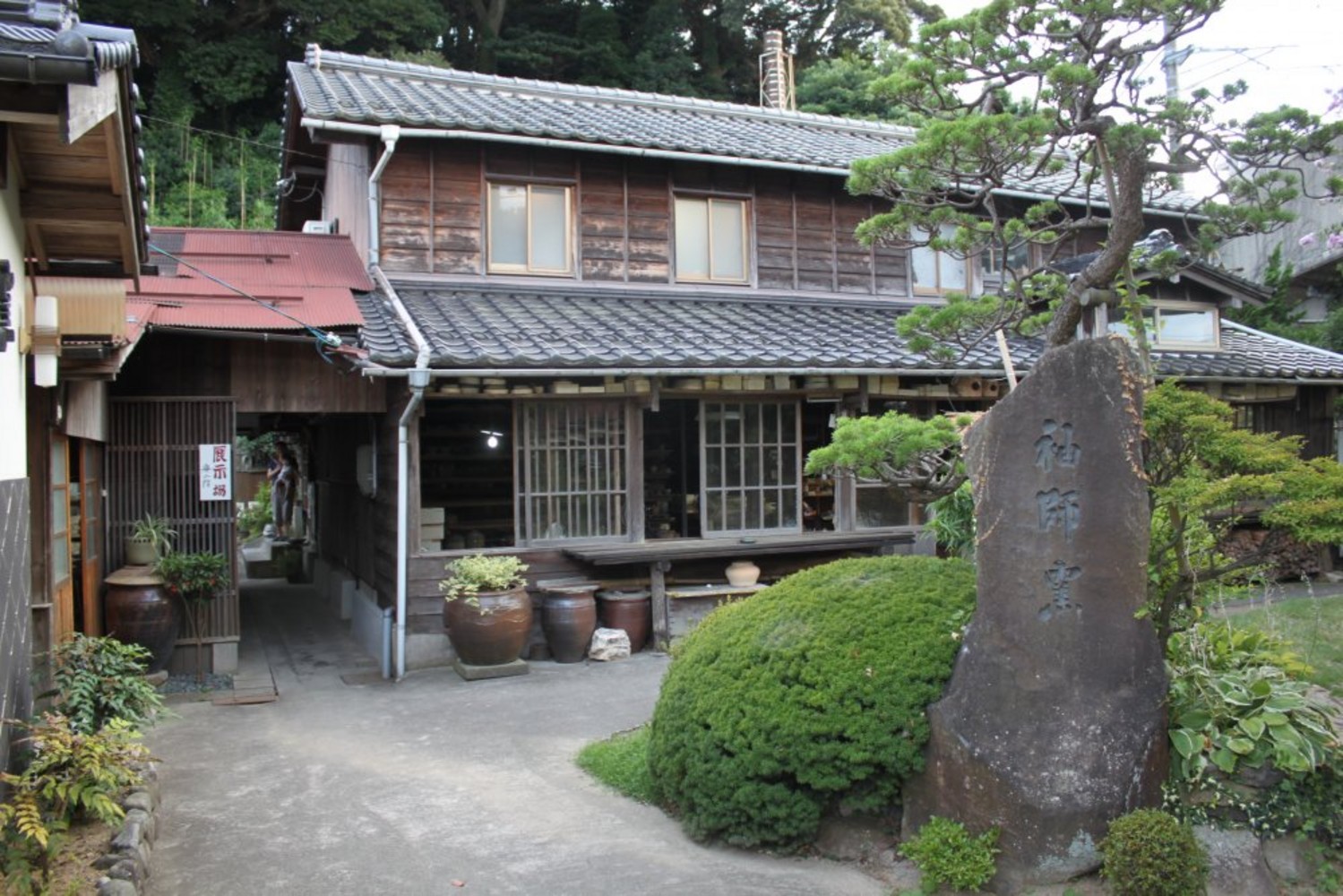
SODESHI continues to produce ceramics for daily necessities in a wooden atelier that was built over 100 years ago. However, the history of the Sodeshi kiln is even older.The first generation Mr. Tomoichi ONO studied Izumo pottery at the private kiln of Chawanya in Fushina and Rakuyama, and in 1877 (Meiji 10), he moved to Matsue, where high-quality pottery clay was available and opened a kiln on Kaminogi Ojizaka in the city.
In 1893 (Meiji 26), the second generation Mr. Iwajiro ONO moved his kiln to Sodeshiura on the shore of Lake Shinji, known for its beautiful sunsets, and built a five-room climbing kiln.
The third generation Mr. Toshiro ONO was greatly influenced by Mr. Muneyoshi Yanagi's "MINGEI , folk art movement " during his visit to Shimane in 1931, and he was influenced by Mr. Kanjiro Kawai, who was from the same hometown, Mr. Shoji Hamada of Mashiko, Under the guidance of Bernard Leach from England, the kiln has been passed down as a folk pottery kiln to this day.
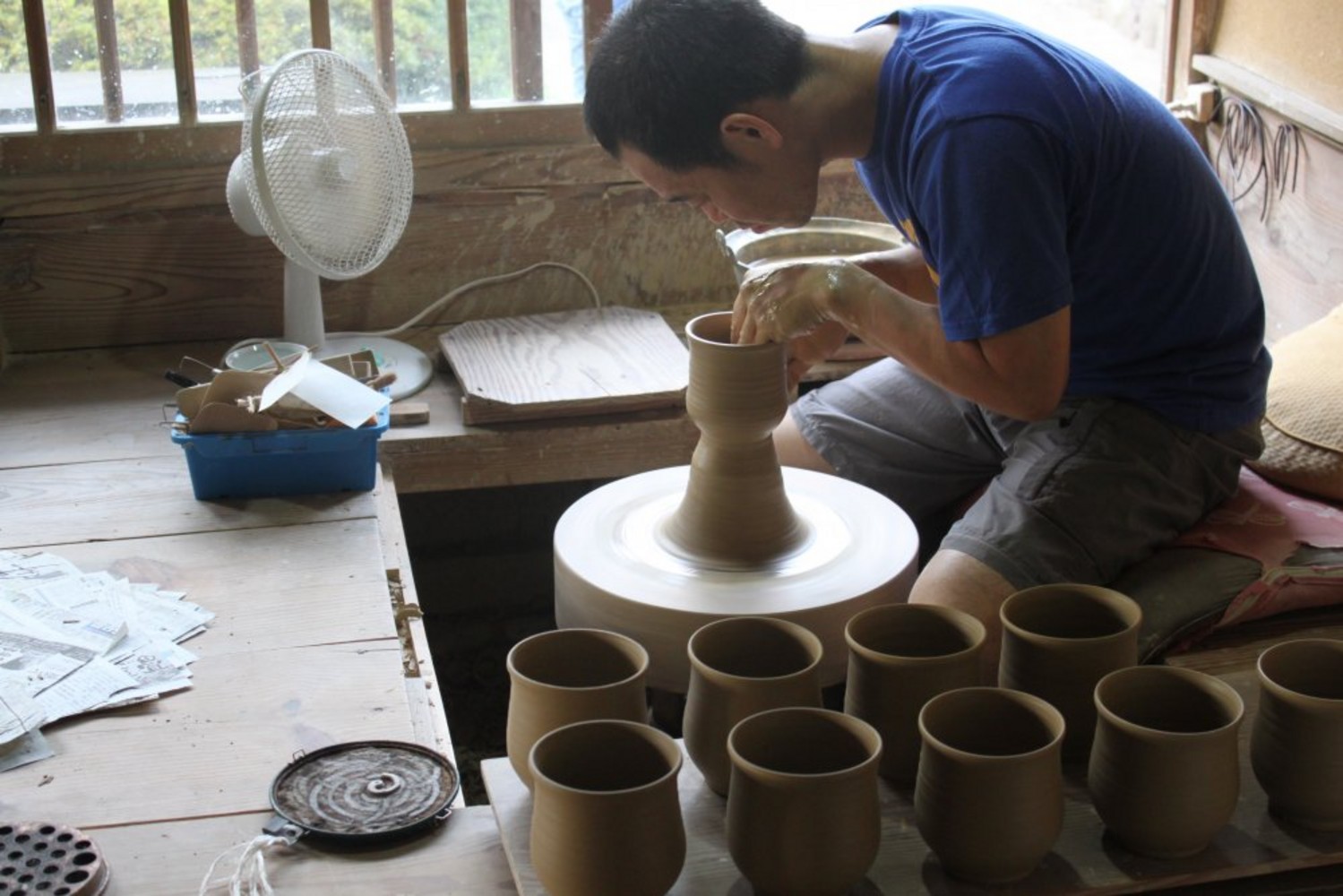
In 1958, the "Kakewake Sake Utility'' won the Grand Prix at the Brussels World's Fair. In 1984, the fourth generation Mr. Shinya ONO took over the kiln and it was designated as a Shimane Prefecture hometown traditional craft.He has won numerous awards, including the Shimane Prefectural Exhibition Gold Award, the Kokugakai Exhibition Newcomer's Award, and the Japan Folk Crafts Museum Encouragement Award. He has created many wonderful works that are sincere, gentle, and calm as his character. (The person sitting and working on the left side of the photo below is Mr.Shinya ONO, passed away in 2012)
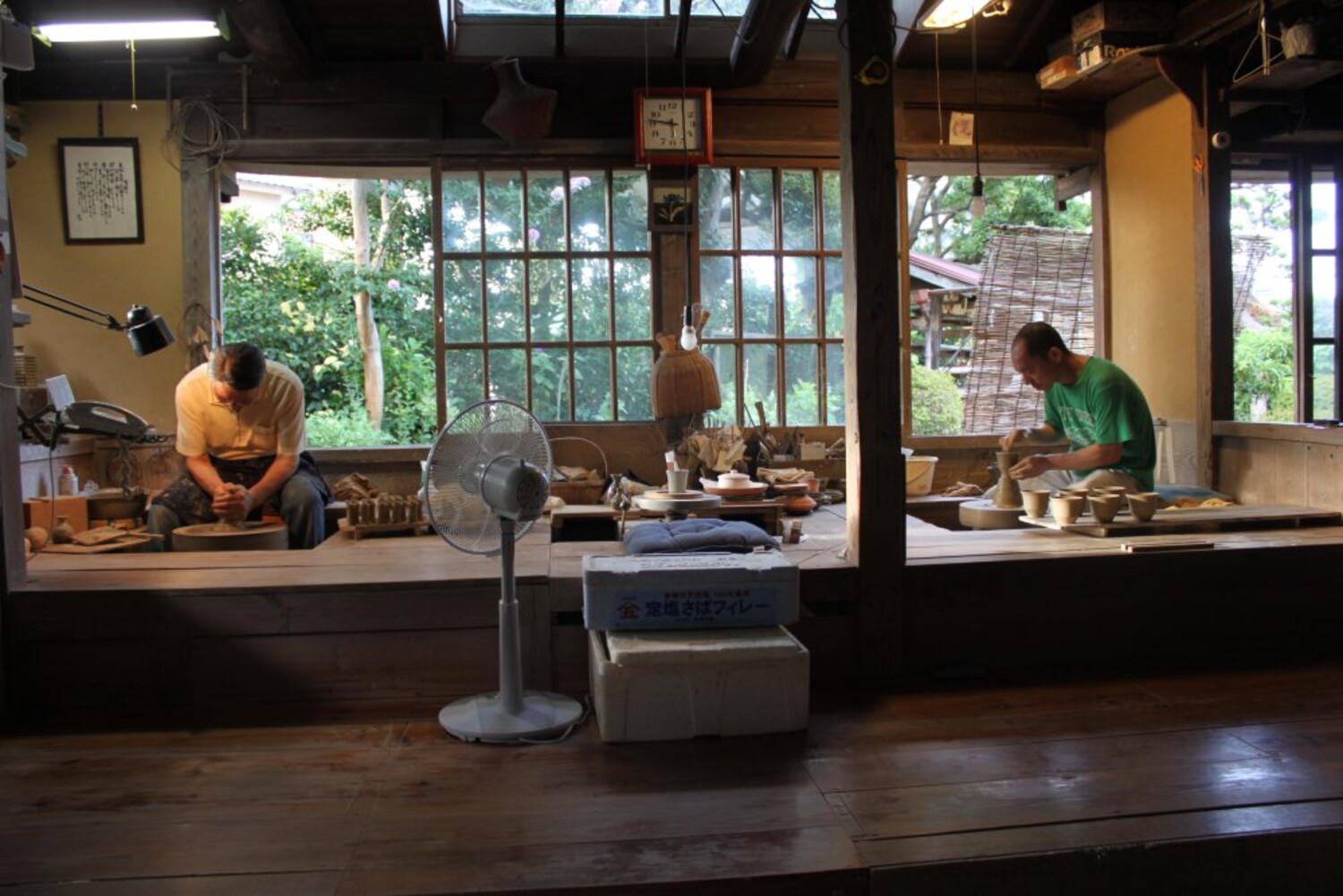
The Sodeshi Kiln is unique in that it is based on techniques passed down in Izumo, uses local soil and raw materials, and strives to create pottery that is durable, easy to use, simple.The glazes used include ground glaze, persimmon glaze, gosu glaze, straw white glaze, rice bran white glaze, and cinnabar. Techniques include kakebun, nukiwaza pattern, iron painting, brush pattern, nail carving, and comb pattern.
However, the most important feature of the SODESHI kiln is that it is made with the people who will use it and their dining tables in mind.We get the impression that the pottery is a folk art pottery that meets the needs of the people who use it as their lives change. It is a very sincere work that can be seen in the potters at SODESHI Kiln, who work with their ceramics every day without any pretension.
The fourth generation Mr. Shinya ONO passed away in December 2012, but now his son and fifth generation Mr. Tomohiko ONO has taken over the kiln, and the potter's wheel master who has served the Sodeshi Kiln for generations along with his elder brother are doing the work. is inherited. In 2017, they celebrated the 140th anniversary of the opening of kiln.
Terms & Conditions
Newsletter
Sign up for our newsletter:
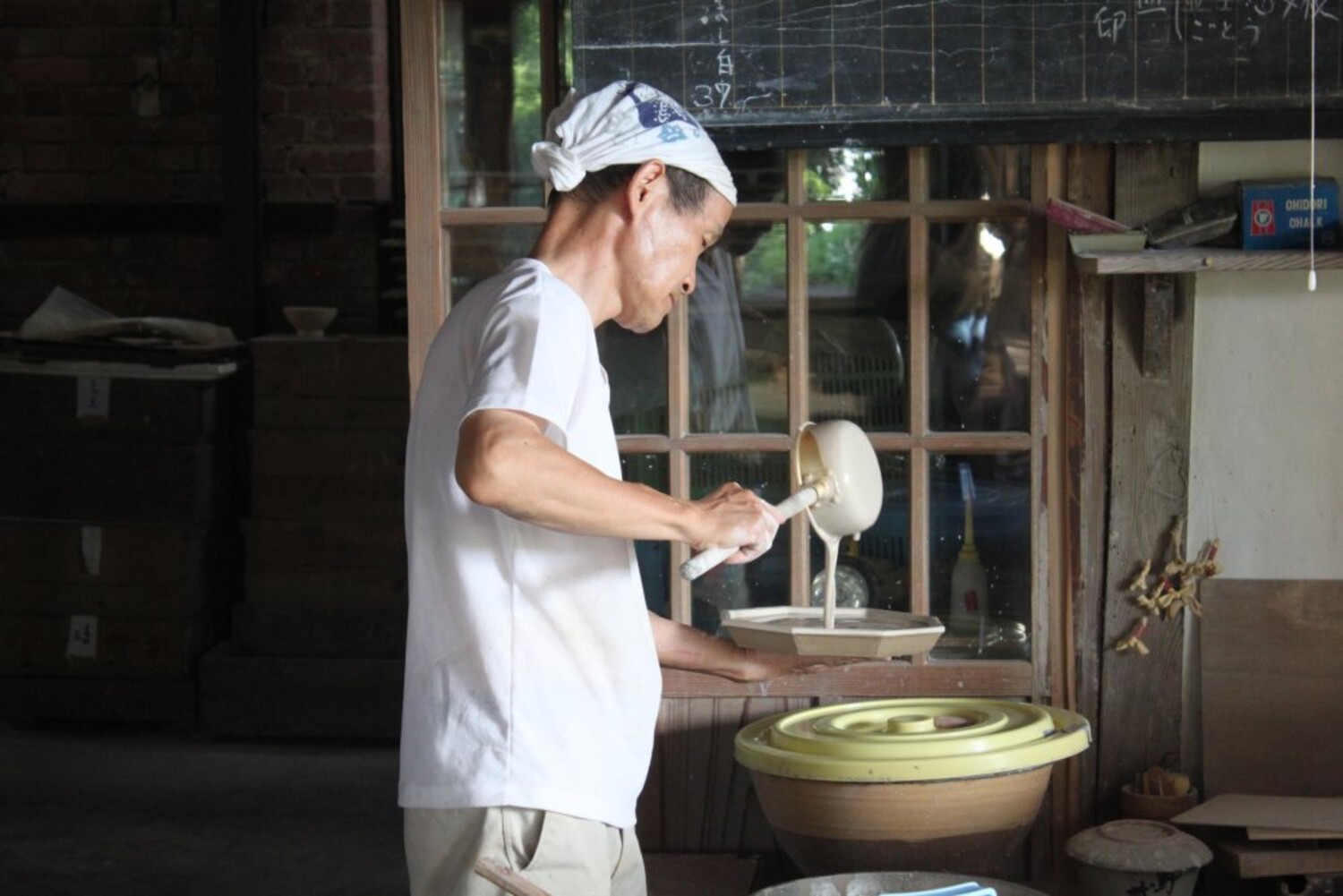
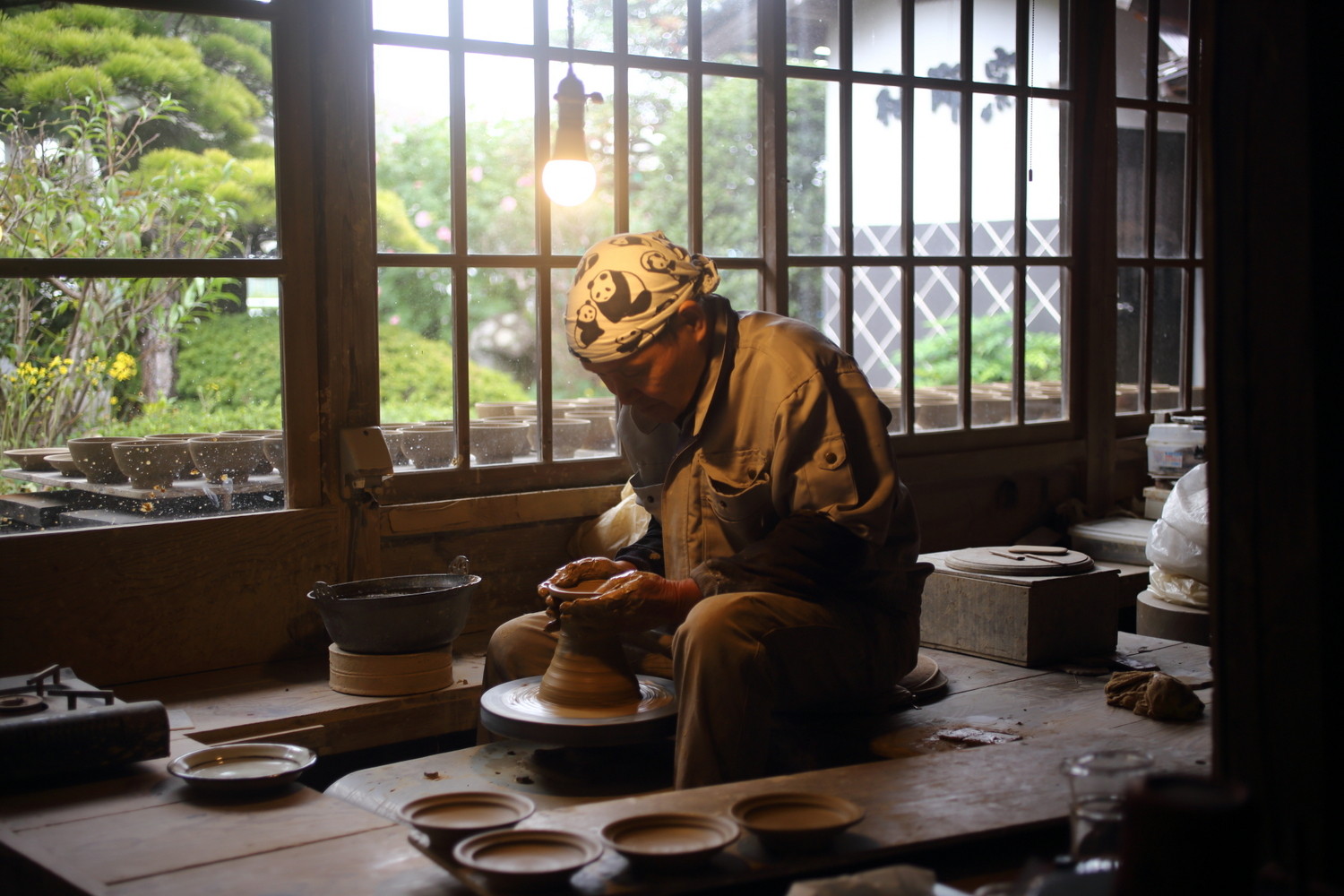
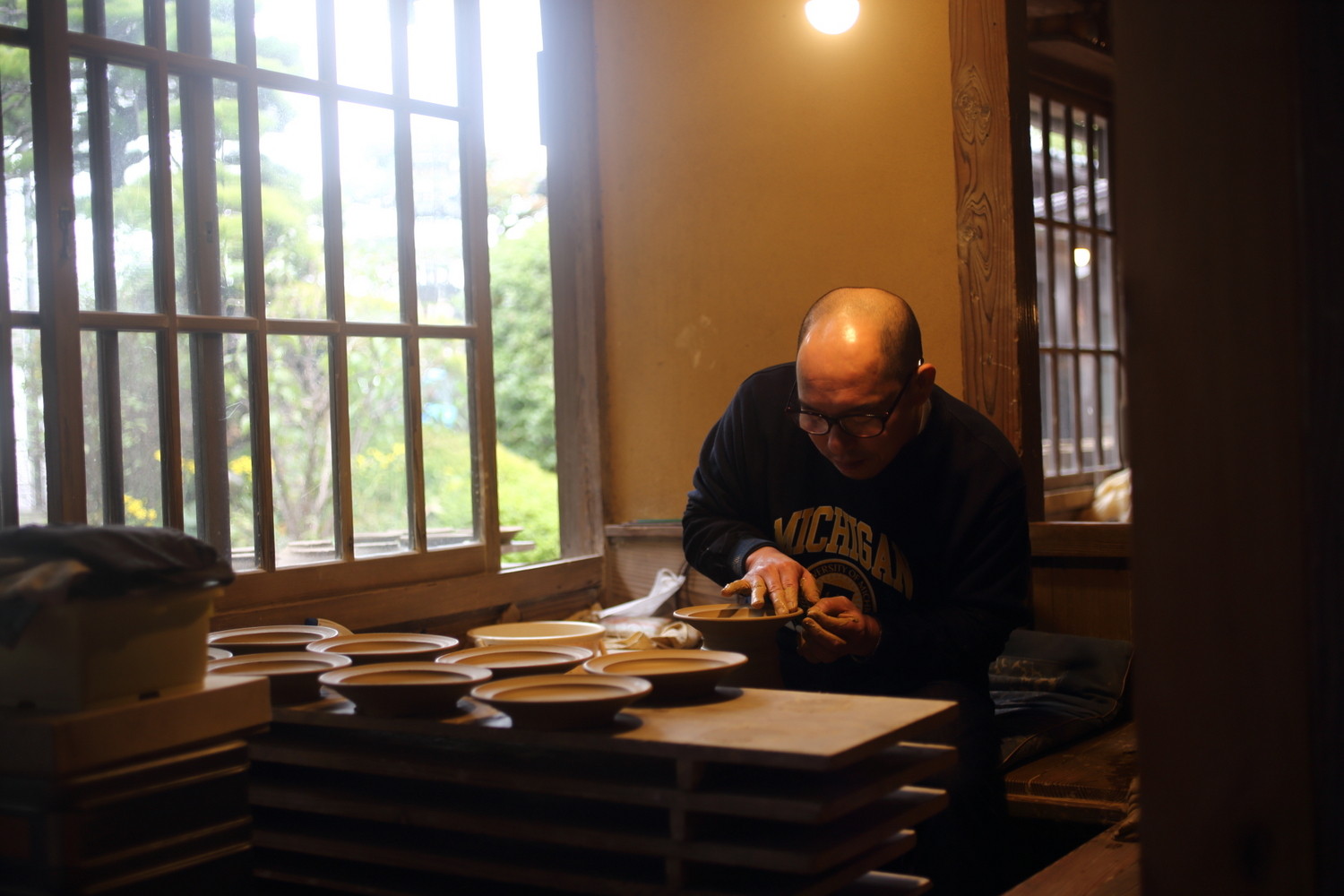
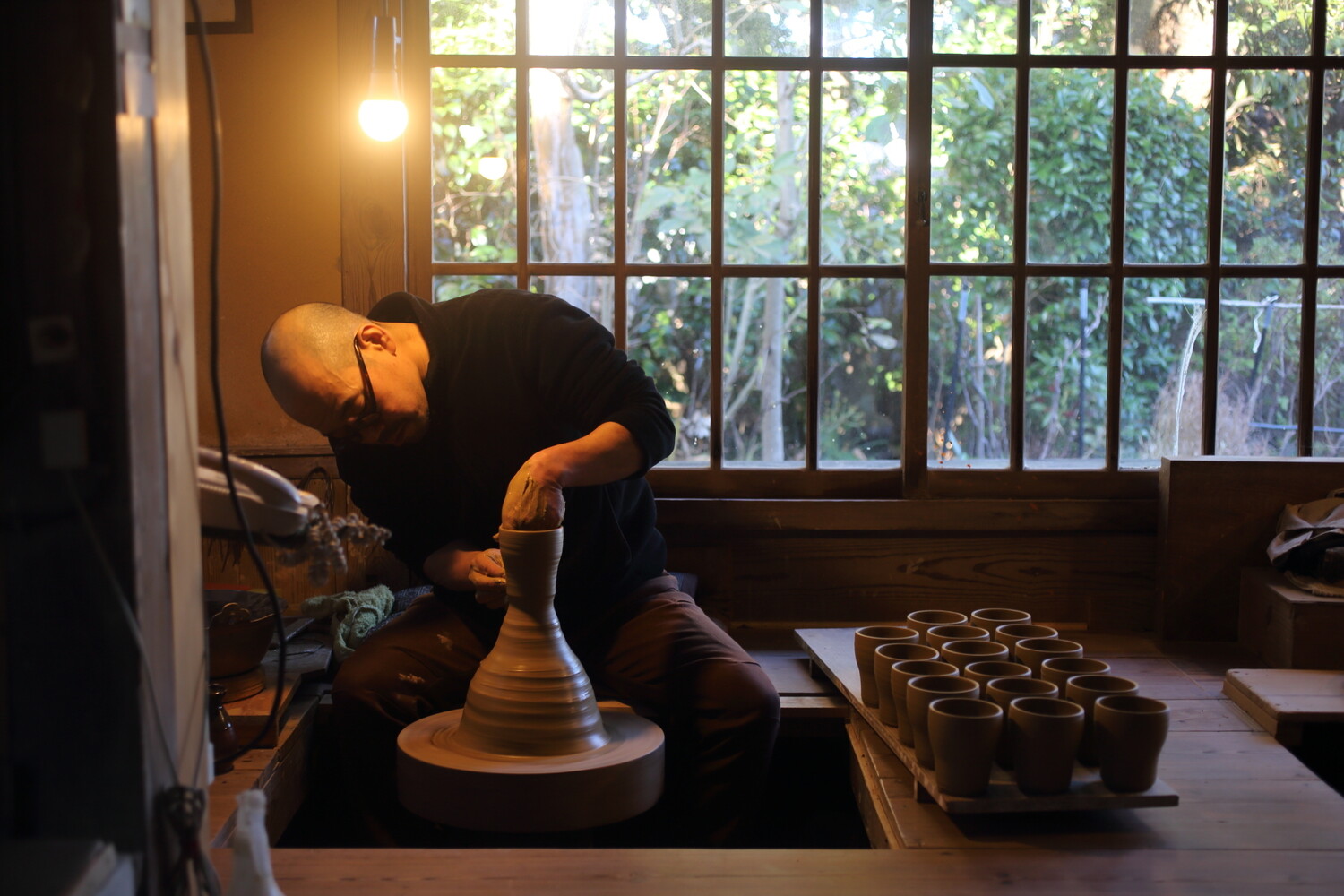
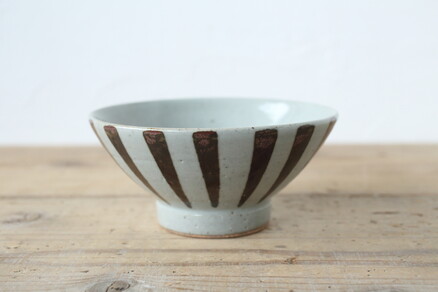
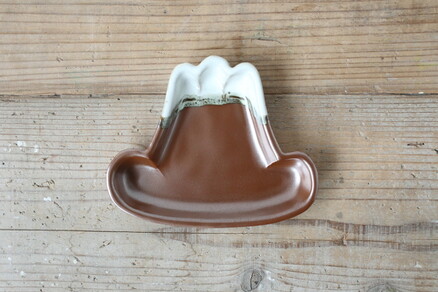
Biography